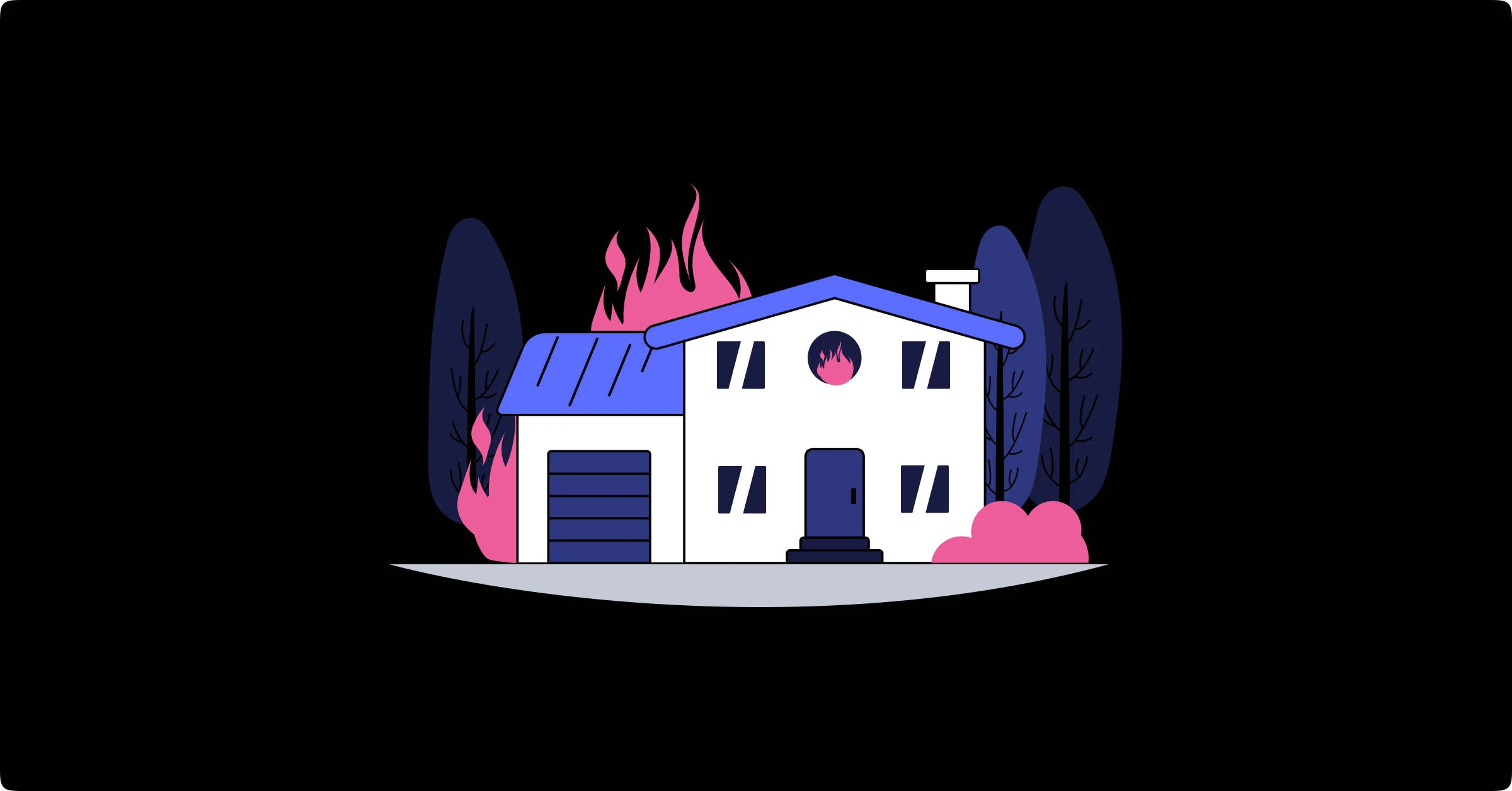UPDATED: JUNE 23, 2023 | 2 MIN READ

If you have a covered event, such as a fire, that damages your home, your homeowners insurance can help if your home isn’t livable. A homeowners insurance policy and those for condo owners and renters offer additional living expenses or loss of use coverage to help with costs when your home is uninhabitable. Let’s review loss of use coverage, including what it offers and how to file a claim.
What exactly is loss of use coverage?

Loss of use coverage is also known as additional living expenses and is part of your home insurance policy. It refers to costs associated with finding a new place to live if your home is uninhabitable from a covered event.
For example, if you need to move out of your home after a loss, you will likely have expenses such as a hotel room or short-term rental property. You may even need to temporarily board your dog until you find a pet-friendly place to stay. These are expenses loss of use coverage can address.

What does it cover?
Loss of use coverage applies to costs such as:
- Hotel fees
- Fuel
- Storage units
- Utilities
- Meals
- Transportation fees
- Dry cleaning and laundry
- Moving
- Pet boarding
You may also have a loss of use claim if you own a rental property and lose your income after a covered event or if the government orders you to evacuate temporarily.
What doesn’t it cover?
Loss of use only applies to the excess portion of your spending the displacement causes. This means your mortgage, electric bills, and other non-new expenses for your property aren’t covered.
How do you file a loss of use claim?
First, you’ll want documentation to back up the expenses you claim. Gather any bank statements, receipts, bills, and invoices for proof.
Your insurance company will have a loss of use claim form to fill out. You must answer how much you spend on gas, food, and other typical expenses. Then submit your receipts for any new covered expenses that occur after you have to leave your home.
Do you have to pay a deductible for loss of use claims?
Most insurance companies waive the deductible for loss of use claims. However, this does vary between carriers.
Remember that even if you don’t need to pay a deductible for the loss of use part of your claim, you have to pay a deductible for any associated property damage.
How much loss of use coverage do you need?
Insurance companies have a stated limit for loss of use coverage. The typical calculation for a policyholder is 20% to 30% of the dwelling coverage limit.
Condo insurance typically has a limit of 20% of the policy’s dwelling coverage. However, some renters insurance policies have a flat fee instead of a percentage.
FAQs
What is considered loss of use?
Loss of use is any expenses you incur when you can’t live in your home due to a covered event. They’re extra costs you wouldn’t have if you weren’t displaced.
For example, if you can’t live in your home, you may need a temporary place to stay. Or, you may need to visit a laundromat because you can’t access your home’s laundry room. These are additional expenses you wouldn’t have otherwise, so they’re covered under your loss of use coverage.
Can I keep extra money from a home insurance claim?
If the repair costs less than the home insurance claim payout, you may keep the extra money unless the insurance paperwork specifically orders its return. If the insurer asks for it, you have to return it.
What qualifies as a large loss claim?
A large loss claim is for a property significantly damaged by a covered event. An example would be if a fire damages your home and its contents to the point where you can’t recover anything, plus the property is uninhabitable.
Do I have to provide receipts for an insurance claim?
Yes. The insurance company will typically ask for receipts to verify you had expenses under a loss of use claim.
Get an affordable policy with loss of use coverage
Getting a home insurance policy that’s affordable and provides adequate loss of use coverage is simple. Use our online quoting tool to compare multiple quotes quickly.
Related content: